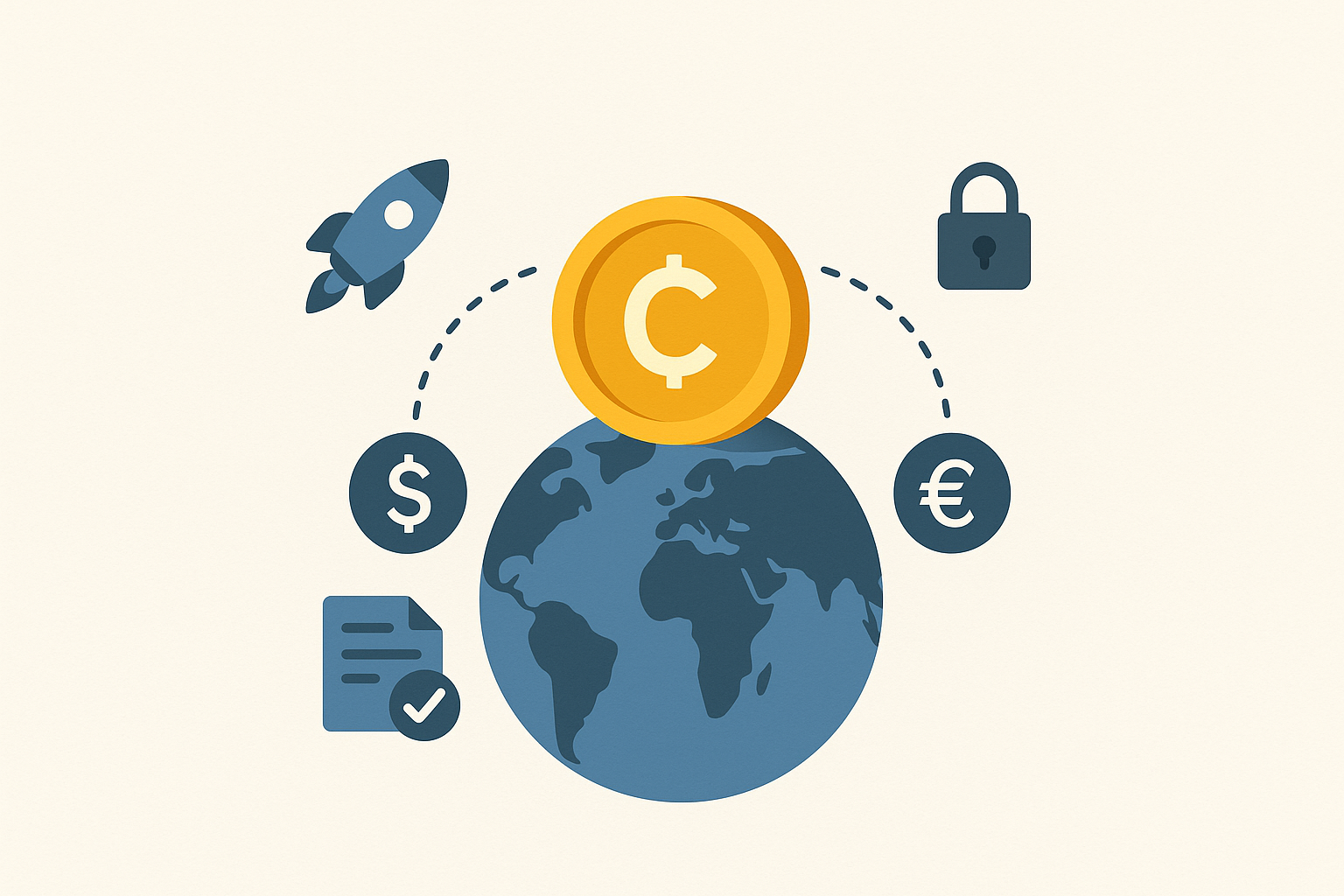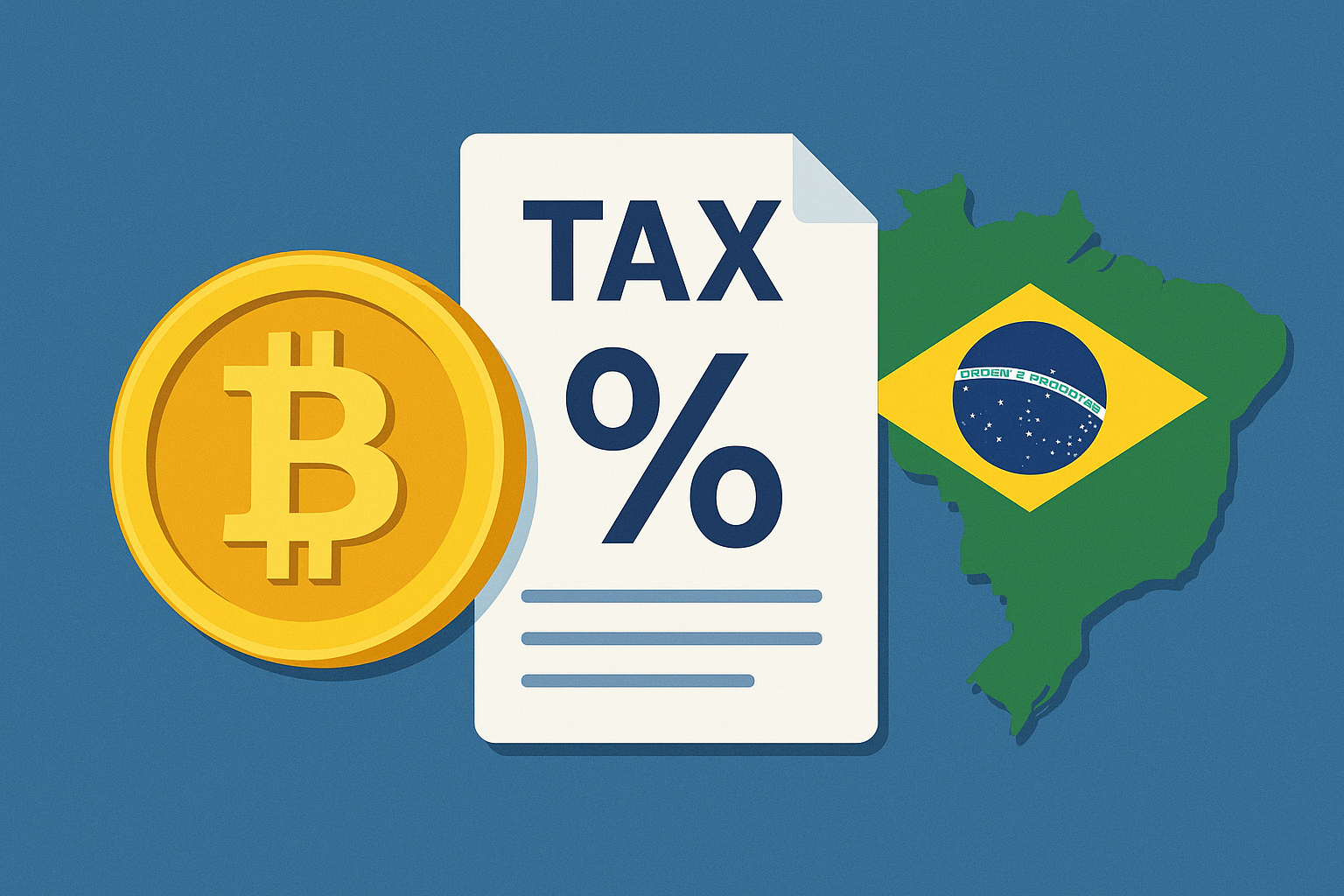ICO News
Token Launch Alert: OmniPay Set To Launch ICO For Cross-Border Crypto Payments

Introduction
In an ambitious move that underscores the evolving nature of decentralized finance and blockchain infrastructure, OmniPay has announced the launch of its initial coin offering. Designed to address inefficiencies in the global remittance and cross-border payment industry, the project promises to offer a faster, cheaper, and more secure alternative to traditional methods through blockchain innovation. As the demand for seamless international transactions grows in both developed and emerging markets, OmniPay’s proposed solution has attracted considerable attention ahead of its ICO.
The pre-registration phase has already opened to the public, signaling OmniPay’s readiness to onboard early adopters, contributors, and investors. The company’s strategic focus lies at the intersection of blockchain infrastructure and payment network usability, a combination that historically has faced scalability and regulatory challenges. With an emphasis on KYC compliance, network throughput, and merchant integrations, OmniPay seeks to address multiple pain points simultaneously.
The Problem: Cross-Border Payments Are Still Broken
Despite significant digitalization in banking and financial services over the past two decades, cross-border payments remain expensive, slow, and opaque. Traditional systems like SWIFT and correspondent banking structures are notorious for high fees, long transaction times, and a lack of transparency. For consumers and small businesses, sending or receiving money across borders can be both financially and operationally burdensome.
According to a report by the World Bank, the global average cost of remittances in 2024 remained above 6 percent per transaction, well above the UN’s Sustainable Development Goal target of 3 percent. Many financial institutions use multiple intermediaries, each charging a fee and contributing to processing delays. Additionally, compliance checks and manual verifications slow down the flow of funds.
The issue is particularly acute in emerging markets where large unbanked populations rely on remittances for basic needs. These delays and fees do not just impact individuals but ripple across entire local economies. It is this entrenched inefficiency that OmniPay aims to disrupt.
Enter OmniPay: A Blockchain-Based Alternative
OmniPay positions itself as a next-generation payment infrastructure that leverages blockchain’s advantages to eliminate the inefficiencies in current systems. At its core, the OmniPay platform is designed to allow users to send, receive, and convert cryptocurrencies into local fiat currencies in real time. This is accomplished through a hybrid network of decentralized nodes, liquidity providers, and fiat off-ramp partners.
OmniPay’s technology stack is built to integrate with existing payment rails while offering the cost efficiency of decentralized systems. The project incorporates smart contracts to automate settlements, reduce intermediary reliance, and improve transaction transparency. Key features include real-time currency conversion, multi-currency wallets, on-chain KYC identity modules, and a robust API layer for third-party integrations.
OmniPay’s platform will support both retail and business transactions, making it versatile across use cases from peer-to-peer remittances to business-to-business invoicing. Through smart routing, the system identifies the most efficient transaction paths, factoring in network congestion and local currency exchange rates.
ICO Details And Tokenomics
OmniPay’s ICO marks the official introduction of its native utility token, OMNI. The OMNI token is at the heart of the platform’s economy and utility model. Designed to incentivize participation and facilitate transactions, OMNI will be used to pay for transaction fees, access premium services, and participate in governance through voting rights.
According to OmniPay’s whitepaper, the total token supply is capped at 1 billion OMNI, with a strategic distribution plan that includes allocations for public sale, ecosystem growth, team and advisors, and future reserves. The public sale is set to distribute 30 percent of the total supply, while 20 percent is earmarked for staking rewards to incentivize network security and participation.
Funds raised from the ICO will be used across several categories:
- 40% allocated to platform development.
- 20% to liquidity provisioning.
- 15% to regulatory compliance and licensing.
- 15% to marketing and user acquisition.
- 10% to operational reserves.
A detailed vesting schedule is in place for team and advisor allocations, ensuring long-term commitment and reducing token dumping risks.
Real-World Applications: Use Cases Across Borders
OmniPay’s ecosystem is designed with multiple user groups in mind. For individual users, the ability to send remittances to family members abroad without high intermediary fees is a major draw. Transactions can be completed in seconds and converted to local currencies through verified fiat partners or crypto ATMs.
For businesses, OmniPay offers an enterprise-grade API that can integrate directly into e-commerce platforms or invoicing systems. Cross-border supply chains that rely on timely payments and real-time settlement can greatly benefit from this functionality. Merchant tools will allow businesses to accept payments in multiple cryptocurrencies while settling in stablecoins or fiat.
One unique use case involves freelancers and gig economy workers in developing countries. These users often face difficulties receiving payments from foreign clients due to currency restrictions or lack of banking infrastructure. OmniPay provides an alternative that is both accessible and low-cost, potentially opening new income streams for millions.
Compliance And Regulatory Strategy
One of the core challenges facing new crypto projects—particularly those dealing with financial transactions—is regulation. OmniPay has proactively adopted a compliance-first approach to its operations and ICO. The platform will incorporate built-in KYC and AML modules using decentralized identity (DID) solutions, allowing users to verify their identities without sacrificing privacy.
In preparation for the token sale, OmniPay has registered in several crypto-friendly jurisdictions and is working with legal consultants to ensure adherence to evolving securities laws. The ICO itself is geo-fenced to exclude participants from regions where token offerings may conflict with regulatory standards, including the United States and China.
The company’s compliance framework includes regular audits by third-party firms, reporting mechanisms for suspicious activities, and a transparent governance structure to handle disputes and protocol updates.
Technology Behind OmniPay
Under the hood, OmniPay’s blockchain operates as a Layer-2 solution that interacts with Ethereum and other Layer-1 blockchains via smart bridges. This interoperability allows users to move assets across networks with minimal friction while maintaining security.
The consensus mechanism is based on Proof-of-Stake with a delegated staking model. Validators are selected based on their staked OMNI tokens and their compliance history. The use of zero-knowledge proofs (ZKPs) enhances privacy and verification speed for off-chain transaction data.
OmniPay also employs an innovative liquidity-routing protocol that taps into decentralized exchanges and internal liquidity pools. This ensures that users receive the best exchange rates during token swaps and fiat conversions.
To ensure uptime and scalability, OmniPay’s architecture is cloud-native, with support for containerized deployments and edge-computing capabilities. This makes it easier to deploy regional nodes and meet the latency requirements of real-time financial transactions.
Market Timing And Competitive Landscape
OmniPay’s ICO comes at a time when crypto markets are gradually recovering from a bear cycle. Increased institutional adoption, improved regulatory clarity in key jurisdictions, and the rise of real-world asset tokenization have restored investor confidence. This environment is more conducive to token launches that offer clear utility and strong execution plans.
OmniPay enters a competitive landscape that includes both centralized fintechs and decentralized payment protocols. Projects like Stellar and Ripple have also focused on cross-border payments, but OmniPay differentiates itself by offering a consumer-facing platform combined with developer tools and a governance framework.
Unlike stablecoin-only solutions that rely on the performance of a single digital asset, OmniPay supports multiple stablecoins and cryptocurrencies, giving users more flexibility and regional compatibility.
Community And Roadmap
OmniPay has built a growing community of early supporters, with strong engagement across Telegram, Discord, and Twitter. The project has also secured strategic partnerships with fintech incubators and blockchain development studios. A bounty program is in place to attract developers and bug testers.
The roadmap outlines key milestones:
Q2 2025: Pre-ICO campaign, strategic partnerships, wallet beta testing.
Q3 2025: ICO launch, listing on DEXs, mainnet rollout.
Q4 2025: Expansion of fiat off-ramps, regulatory licensing in EU and LATAM.
Q1 2026: Developer grants, merchant tools, enterprise API rollout.
Q2 2026: DAO launch, governance voting mechanisms, token staking platform.
These goals reflect a carefully structured plan designed for long-term sustainability rather than a quick profit-driven launch.
Investor Outlook
Initial investor sentiment around OmniPay appears optimistic, particularly because of its focus on utility, clear business model, and regulatory alignment. Early reviews from crypto analysts cite the ICO’s documentation, team transparency, and MVP demonstration as positive indicators.
However, as with all token launches, investors are advised to conduct independent due diligence. The market is still prone to volatility, and the success of any project ultimately depends on execution and adoption. Still, the opportunity to capitalize on a massive addressable market such as cross-border payments adds credibility to OmniPay’s vision.
Conclusion
OmniPay’s ICO signals more than just another token sale—it represents a commitment to resolving one of the most stubborn problems in global finance. If successful, OmniPay could democratize access to faster, fairer financial transactions, particularly for underserved populations. Its blend of technological innovation, regulatory awareness, and ecosystem design makes it a project to watch closely.
As the ICO era evolves into a new generation of utility-driven launches, OmniPay stands out for its clarity of mission and implementation strategy. For investors and users alike, it offers a glimpse into what the future of international payments could look like in a decentralized world.











